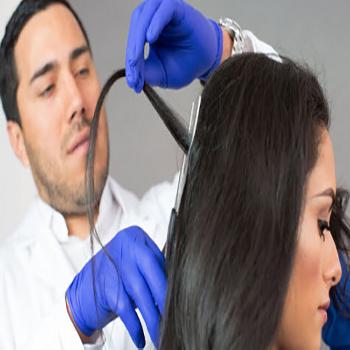The 9-Panel Hair Drug Test provides an extensive analysis of drug use by screening for the following substances:
- Amphetamines
- Barbiturates
- Benzylpiperazine
- Marijuana
- Cocaine
- Opiates
- Phencyclidine
- Methadone
- Propoxyphene
Key Features of the Test Include:
Testing Method: Conducted using advanced laboratory techniques for reliable and accurate results.
Comprehensive Coverage: This hair drug test screens for a total of nine drug metabolites, ensuring thorough detection of commonly abused substances.
Hair Sample Collection: By utilizing hair follicles, the test allows for a longer detection window compared to urine tests, making it effective for identifying historical drug use.
The 9-Panel Hair Drug Test is ideal for pre-employment screenings, ongoing employee monitoring, and post-incident evaluations, helping organizations uphold a healthy and drug-free workplace.
Why would I need this test?
The 9-Panel Hair Drug Test is used to detect long-term drug use, typically covering a period of up to 90 days. It is ideal for:
Pre-employment screenings, especially for jobs requiring strict adherence to drug-free policies.
Random or routine workplace testing, particularly in safety-sensitive industries.
Court-ordered or legal testing, such as probation or custody disputes.
Monitoring individuals in rehabilitation or treatment programs for long-term abstinence.
Post-accident testing to determine if drug use was a factor in workplace or legal incidents.
This test is preferred for long-term detection of multiple drug classes over urine or saliva tests, which only detect recent use.
Will over-the-counter or prescription medications affect the test results?
Yes, some over-the-counter and prescription medications may affect the test results if they contain substances similar to those tested for. For example:
Opioids in prescription pain medications may show up as opiates.
Amphetamines prescribed for ADHD may appear in the test.
Benzodiazepines prescribed for anxiety may be detected.
It’s essential to disclose any medications you take to the testing administrator to ensure proper interpretation of the results.
How is the sample collected for the test?
The hair sample collection is straightforward and non-invasive:
A small sample of hair, about 1.5 inches long and the width of a pencil, is cut close to the scalp.
If there is insufficient head hair, body hair (e.g., chest, arms, or legs) may be used instead.
The sample is sent to a laboratory, where it is analyzed for 9 different drug classes, which typically include:
Marijuana
Cocaine
Amphetamines (including methamphetamine and MDMA)
Opiates (including heroin, morphine, and codeine)
Phencyclidine (PCP)
Benzodiazepines
Barbiturates
Methadone
Propoxyphene
How far back does the test detect drug use?
Hair drug tests detect drug use for up to 90 days. The test analyzes the hair closest to the scalp, which reflects approximately three months of drug use history, as hair grows at a rate of about half an inch per month.
